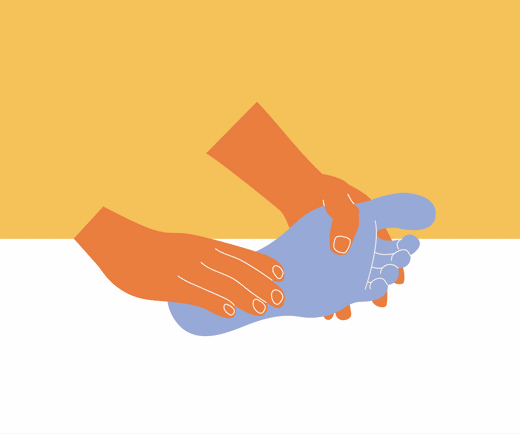Plantar Fasciitis is a common orthopedic condition that is characterized by a sharp, stabbing heel pain. This condition is caused by the inflammation of the plantar fascia, a thick ligament in your foot that stretches from your heel to your toes. In the US, around 10 percent of US adults develop this ailment at some point in their lives and it is most commonly experienced by people with flat feet.
Unfortunately, Plantar Fasciitis is one of those conditions that won’t go away if left untreated, so it is critical to understand what causes plantar fasciitis to flare up. The pain experienced by people suffering from plantar fasciitis can sometimes be so intense that those who suffer from it see a sudden change in their ability to complete daily tasks. Here, let’s discuss the various habits that can aggravate your Plantar Fasciitis and what not to do with Plantar Fasciitis, as well as what you can do to cope with this condition and the best shoes for plantar fasciitis.









